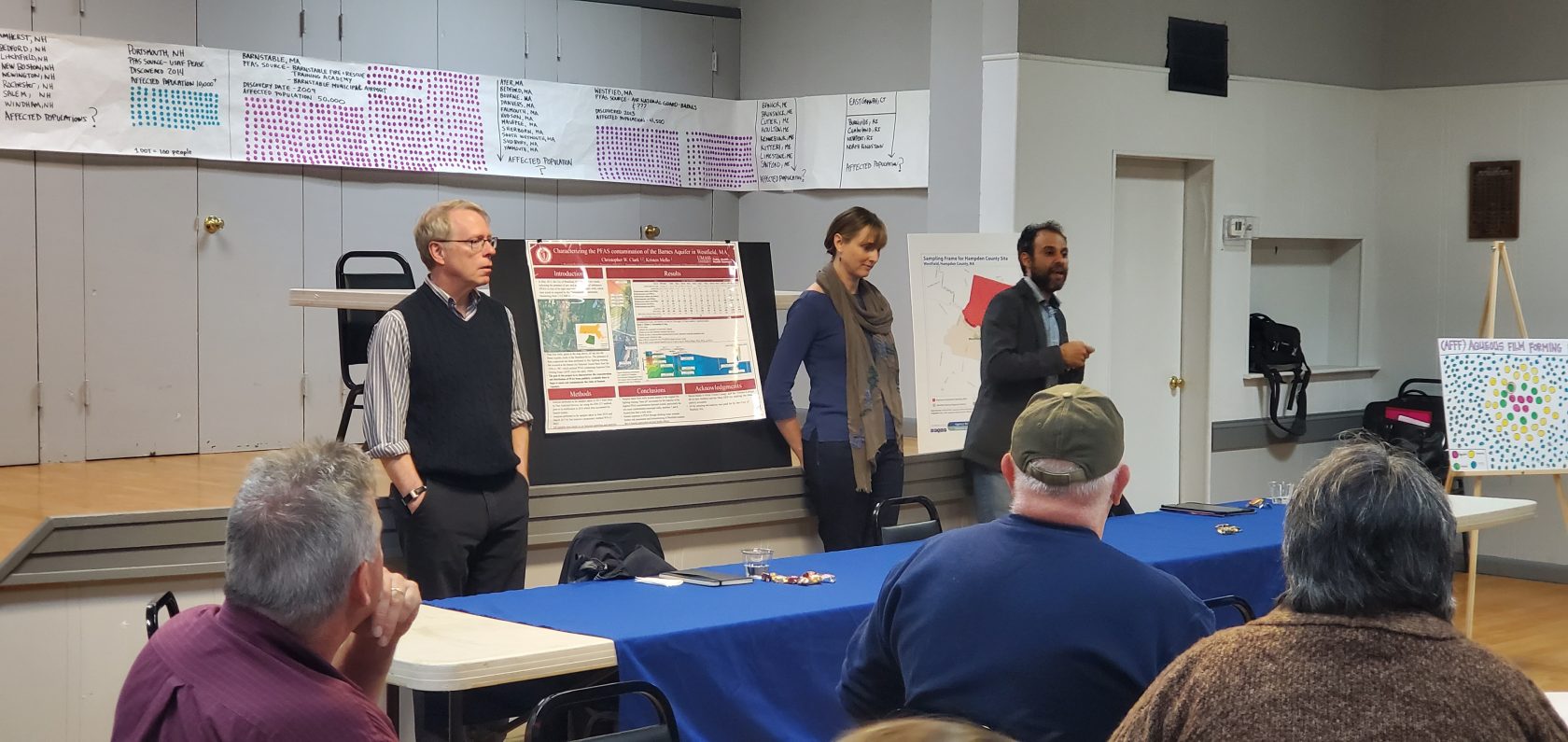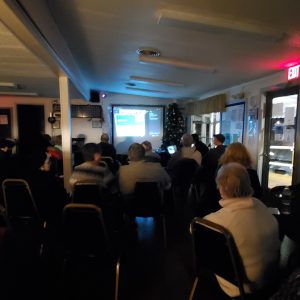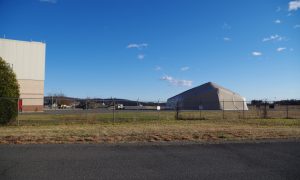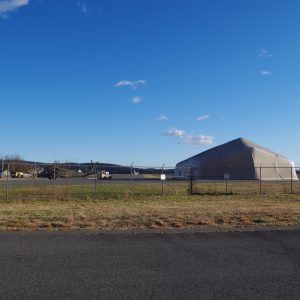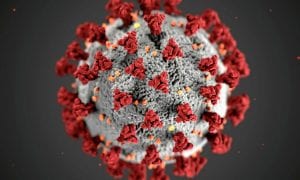
Dr. David Reckhow, Dr. Alicia Timme-Laragy, and Dr. Youssef Oulhote spoke to an audience of residents and local officials about PFAS exposure. (Photo by Peter Currier)
WESTFIELD- Three scientists from the University of Massachusetts, Amherst presented their knowledge and answered questions about Polyfluoroalkyl substances (PFAS) contamination in the local water supply and its effects on the human body Oct. 16 at the Loyal Order of the Moose Lodge #1255 .
Dr. Alicia Timme-Laragy, Dr. Youssef Oulhote, and Dr. David Reckhow of UMass stood before an audience of residents and local politicians and officials and broke down several aspects of PFAS contamination, including what the different chemicals can do to different parts of one’s body. The event was organized by Westfield Residents Advocating for Themselves (WRAFT) and City Council At-Large candidate Kristen Mello.
PFAS was detected in Westfield’s water in wells on the northside due to contamination from firefighting foam used by the 104th Fighter Wing of the Air National Guard. The city has taken steps to improve filtration in those wells and has claims with the Department of Defense and lawsuits against manufacturers of the foam.
Timme-Laragy specializes in toxicology and began by speaking about PFAS chemical’s effect on the human embryo. She said that as part of her study, she used zebrafish embryo as a subject and exposed them to higher PFAS concentration than a person would be exposed to in the water.
Timme-Laragy said that she found that the high exposure affected the pancreas development of the embryo. This can change how much insulin is produced in the body.
“We think this indicates that you would be predisposed to metabolic dysfunction, potentially diabetes, potentially pancreatitis,” said Timme-Laragy.
She spoke as well about Aqueous Film Forming Foam (AFFF), the industrial firefighting foam used in air force bases blamed for large amounts of PFAS contamination. Timme-Laragy said that there are projected to be about 5,000 PFAS chemicals in the foam.
“Part of the problem with studying these chemicals is that there are so many of them and they are usually in mixtures,” said Timme-Laragy.
Oulhote, like Timme-Laragy, represents UMass’s School of Public Health and Sciences. He studies the distribution and risk factors of PFAS exposure in humans. He brought up the C8 study, which is one of the first studies to look at the use of PFAS and their effects on the people and environment.
Oulhote said that the PFAS chemicals can have an effect on one’s immune system and the body’s response to vaccination.
“What we know is that if you have high levels of these PFAS, you won’t produce enough antibodies that give you protection from some infections,” said Oulhote.
Reckhow is an environmental engineer with UMass. His specialty is the purifying and filtering of water and monitoring contaminants to water supplies. He said that, in his experience, conventional treatment has not worked on PFAS contamination.
Reckhow said that part of his job is to look for ways to destroy the compounds so that they turn into other, less harmful substances.
He did indicate that they were looking at alternative oxidation treatments to possibly remove PFAS from water.
“It’s not a technology that’s ready for primetime yet,” said Reckhow.
Part of the challenge, Reckhow said, is figuring out how to measure the thousands of chemicals under the PFAS umbrella that are considered unmeasurable at the moment.
The floor was then opened up to questions from the audience, beginning with city officials.
At-Large City Councilor Dave Flaherty asked the three scientists if PFAS is truly more harmful than the day-to-day unhealthy habits some people have like eating junk food or smoking cigarettes.
Timme-Laragy said that basically there is no easy answer, because her studies on the zebrafish used concentrations of PFAS far higher than the 70 parts-per-trillion that have been detected in the Westfield water.
Dr. Oulhote said that the issue with the effects of PFAS versus that of junk food and bad decisions is that one has the choice to consume those other things, while PFAS is in the only water source many people have, giving them no choice but to consume it.
Ward 3 City Councilor Andrew K. Surprise asked why Timme-Laragy used the higher concentrations of PFAS in the zebrafish study. She answered by saying it is common in toxicology study to start with high doses of something to see the worst possible effects and then work their way down with the concentration.
Near the end of the panel,Flaherty offered to give the UMass scientists samples of Westfield water that has gone through the carbon filters to see if they are effective.

